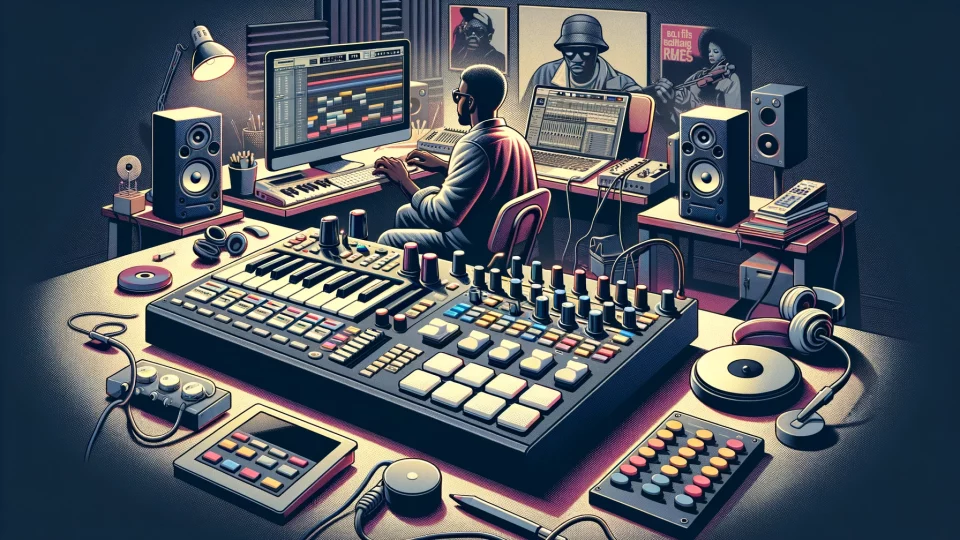A Guide to Selling Beats – Should You Use Royalty-Free Samples?
So you’re a beatmaker selling beats. One of the key considerations to make if you’re a commercial beatmaker is should I sample or not? In this post we consider this dilemma focusing primarily on the use of royalty-free samples.
What are the advantages and disadvantages of using these types of samples when selling beats? Let’s go!
Advantages
1. Diversity of Sounds
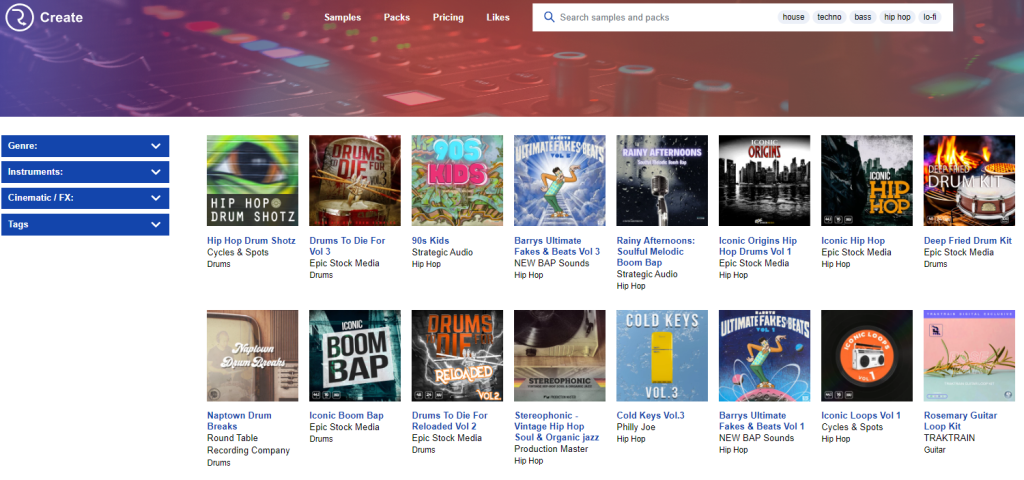
One of the key advantages to using royalty-free samples in your commercial beats is the huge variety of sounds and styles available. The sample marketplace is a vast, ever-expanding playground of musical diversity. For any given genre there are countless loops, construction kits and one-shots available. And if you just need a specific element such as a vocal, texture or effect then the search options on sample sites should point you in the right direction. You can even search using key, tempo, tags etc. So whatever type of beat you plan on making you’re sure to be spoilt by a hugely diverse selection of sounds.
2. Instant Inspiration
Blank session syndrome can be one of the biggest challenges to a beatmaker. Finding that initial spark of inspiration is key to a productive workflow. Royalty-free samples can offer that essential initial inspiration. There are even packs dedicated to song starters. These samples specifically offer tailor-made melodic templates perfect for further musical development. Or maybe you need a banging drum track. Many producers will start from the drums up but if those foundations are shakey then any further additions may sound lacking.
3. Professional Quality Sound
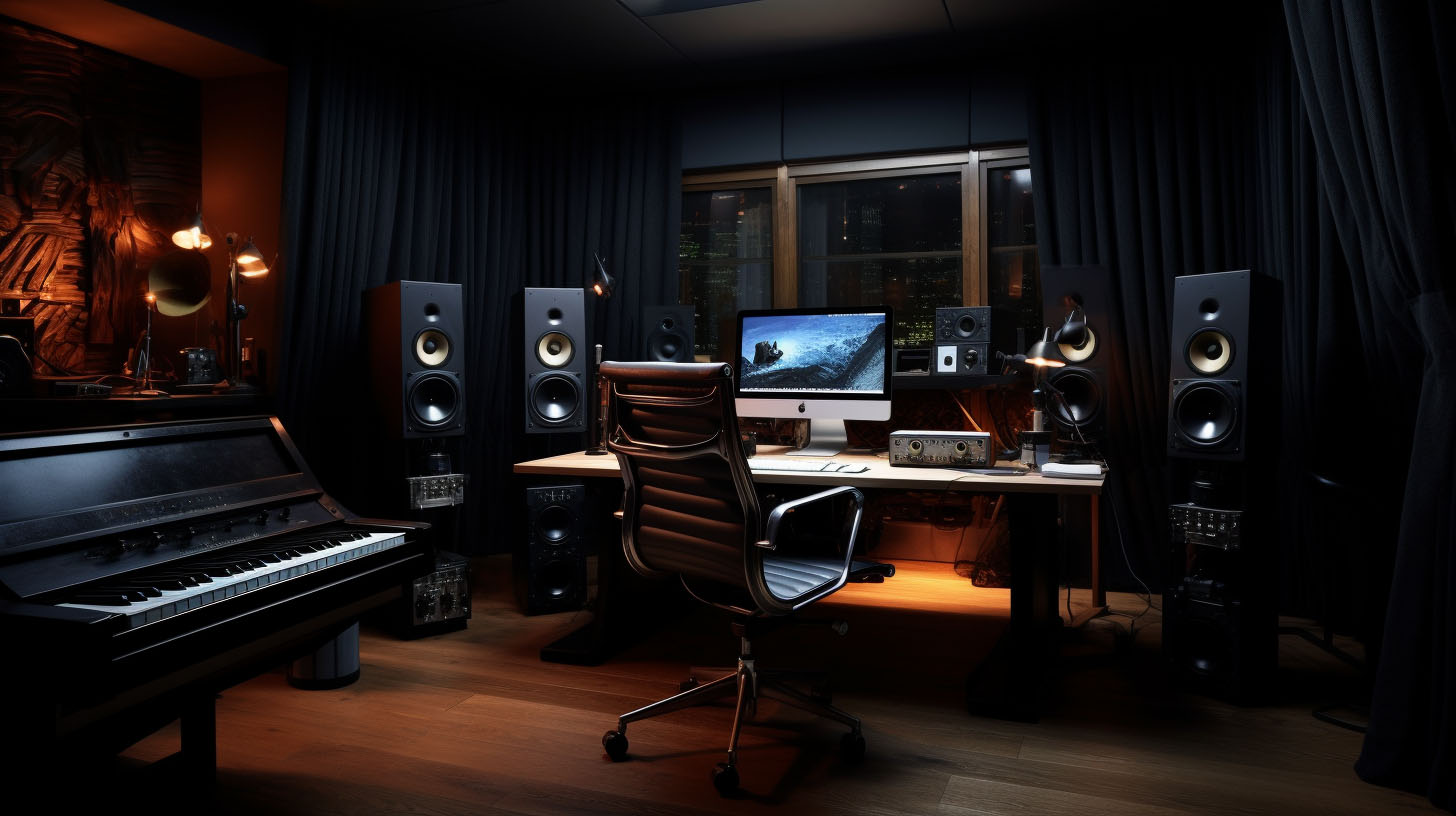
While achieving a professional studio-quality sound on a laptop or device is increasingly easy, the high-quality production levels of commercial samples can give your tracks an instantly radio-ready sound. Sample creators will often have access to top-end equipment, studios and recording facilities. By using such samples your tracks will instantly share this lineage (without an expensive studio bill) On the flip side it’s important to be wary of samples that are too overly processed. You will want a degree of headroom to impart your own vision when it comes to mixing your beats.
4. Time-Saving Efficiencies

As a producer selling beats being more prolific in your output is often considered the key to commercial success. Royalty-free samples offer an opportunity to quickly and efficiently stack samples and create beats quickly. There’s always going to be a payoff between quantity and quality so be aware that more beats does not always equate to more sales/leases. The key is to spend time searching for and acquiring high-quality samples that fit your musical vision. It’s also worth noting that the consumer is generally going to be unaware or unconcerned as to the origin of the musical elements contained in your beats.
5. Instrumentation
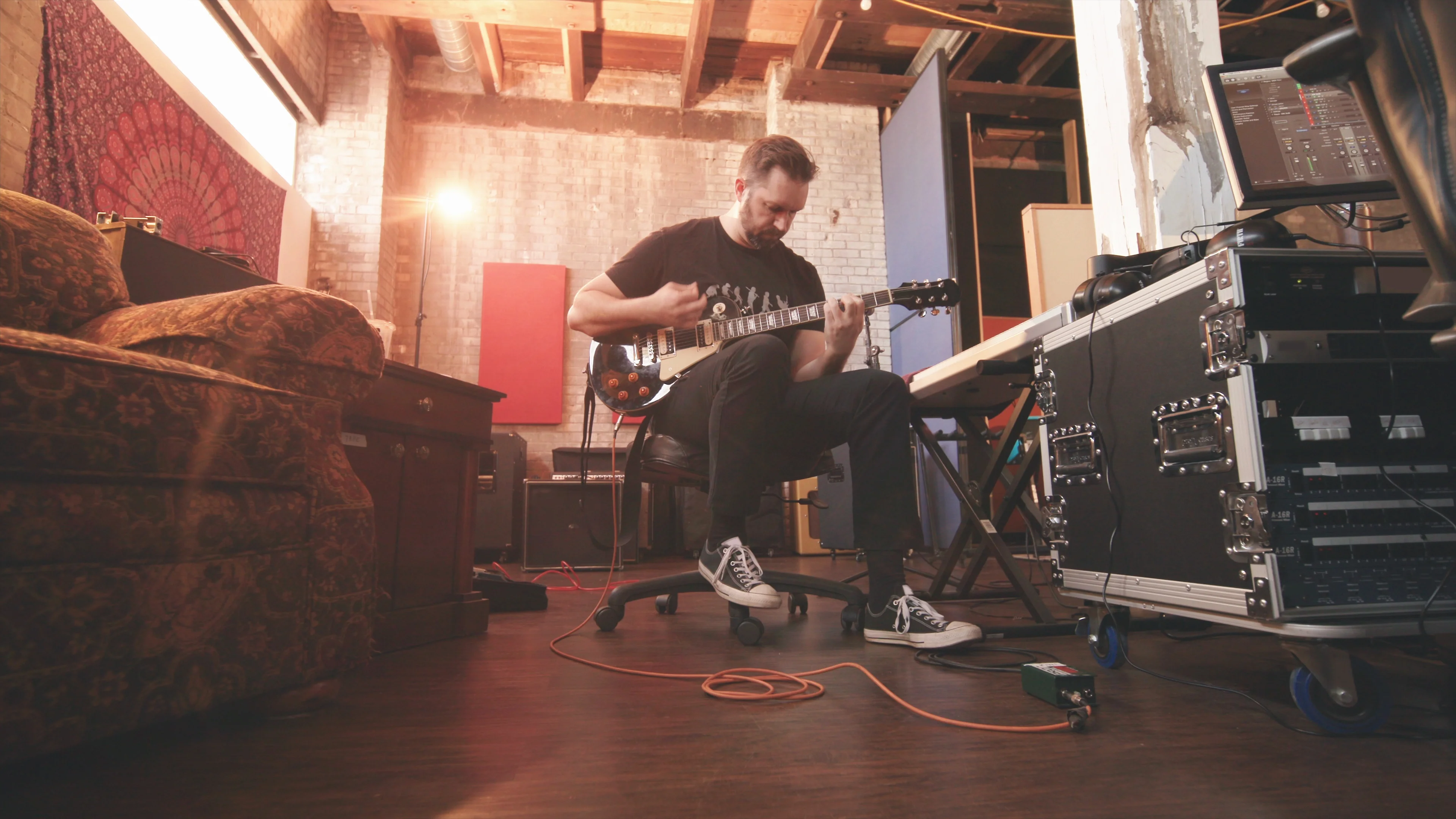
One major advantage of commercial sample packs is they offer musical performances played by experienced and skilled musicians. Samples featuring top-flight musicians, singers and even full orchestras can be dragged into your DAW with ease. While modern virtual instruments sound increasingly realistic there’s no replacement for the real thing, especially when recorded well. So if you’re looking for an emotive 4-bar guitar loop or a live jazzy saxophone melody, there’s sure to be an abundance of royalty-free options out there.
6. Trend Alignment when Selling Beats

Keeping up with the latest musical trends and sonic pallets is crucial when selling beats. You are going to want your beats to remain relevant to be commercially viable. For example a Drake-type beat now should not sound the same as a Drake-type beat from 7 years ago. Keeping a close eye on top trending sample’ packs should be a good indicator of what’s hot. Luckily at RouteNote Create, we have a Trending Sample Packs carousel on our home page. Check it out here.
Disadvantages
1. Uniqueness

One thing that you simply can’t get away from when it comes to using royalty-free samples is the fact that these samples are not going to be exclusive to your beats. You must always be prepared that the melodic sample on a Young Thug or Justin Bieber track may match that of one of your beats. There are a few things you can do to minimise the chances of this happening. Avoid using the more popular sample packs on the biggest sample-selling sites. Also, go in on the sample. Chop it up and manipulate it to make it your own rather than simply looping it.
2. Lack of Originality

While most consumers will not be aware or even concerned about the origin of your musical components, over-reliance on purpose-made samples can represent a lack of originality. To push yourself as a producer it’s important to always challenge yourself. Building beats from sample loops is great but why not also try some different approaches? Maybe have a go at writing your own melodies or basslines. There are some great tools out there to assist in this such as Scaler 2 and Captain Chords. Also, try chopping or manipulating a sample to give it your own flavour. Maybe you could do a bit of both combining sample elements with original instrumentation.
3. Lack of Continuity

Most successful producers will develop a signature sound. While your musical tastes and sensibilities will certainly dictate your sample choices the fact that samples will come from a disparate selection of sources means your beat catalogue may lack continuity. You may also find that variations in the sample’s audio quality may also impact the overall sonic continuity of your beats catalogue. This isn’t necessarily a bad thing as you will be offering a wider variety of beat buying options. Just be aware that it may have an effect on the way you’re perceived as a beatmaker. Especially if you want to develop a recognised signature sound of your own.
4. Mixing Limitations

Relying heavily on fully formed sample loops can bring with it potential limitations in terms of mixing possibilities and potential. When you use multiple tracks or stems to compose a beat you have complete control over the levels, EQ, Compression panning and FX. If your sample loop comprises of a fully formed melody or drum track then it’s very difficult to focus on and effect specific elements within the stereo field. One way to avoid these issues is to use royalty-free construction kits. These handy compositional tools provide the various sample elements stemmed-out individually.
5. Creative Restrictions

While sample loops offer amazing inspiration, sonic quality and musical sophistication these things all come at a price. That of creative originality. While sampling is widely accepted as a highly creative practice, it’s also the case that due to it’s very nature there are creative restrictions. Over-reliance upon straight loops can lead to a stagnation of musical development and expression. It is always good to push yourself and develop your skill sets. Try combining other compositional practices as this may provide the key to overcoming the creative restrictions inherent in sampling.
6. Too Much Choice
And finally, it’s worth considering that the abundance of royalty-free samples can in itself present problems. We are all familiar with social media doom scrolling. The same principles can apply to the sourcing of samples. With so many samples comes an abundance of choice. Searching for the perfect sample can result in endless auditioning and rejection. You might find you’re spending crucial time and energy looking for sample perfection at the detriment of actually producing beats.
Remember – RouteNote Create subscriptions start from as little as $2.99. You also get 10 FREE credits to spend on samples along with access to our FREE sample pack bundle when you sign-up!
